 |
Official Webpage |



ARM ENG |
|||||
|
|||||||
Here you will feel the excitement of the early years of space epoch, touching genuine devices operated in space and then returned to Earth, in the unique documents on cosmonauts, spacecraft designers, foremost scientists.

The museum has been inaugurated at solemn ceremony on June 27, 2001 in the territory of Garni space astronomy institute. In Garni center under the direction of Grigor Gurzadyan space observatories ORION have been created, over 40 cosmonauts have passed their pre-flight training there. This activity, however, remained largely unknown to the public due to the secrecy of Soviet epoch.

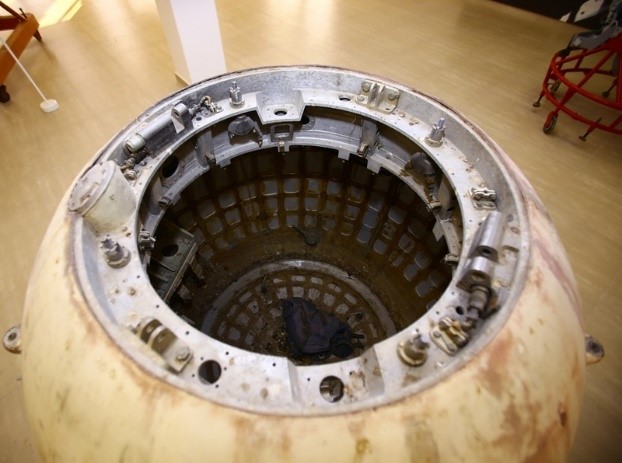
The exposition of the museum includes unique items of early space epoch created in Armenia: a genuine landing capsule returned from space, other items operated in space, replica of space observatory ORION-2 being exhibited in EXPO-2000, Hanover, other devices operated at space experiments. Also, the exhibition includes remarkable documents associated to early space research and space flights, handwritten documents by Soviet cosmonauts, designers of spacecrafts VOSTOK, SOYUZ and scientists, as well as of NASA astronaut and the designer of American spacecraft.

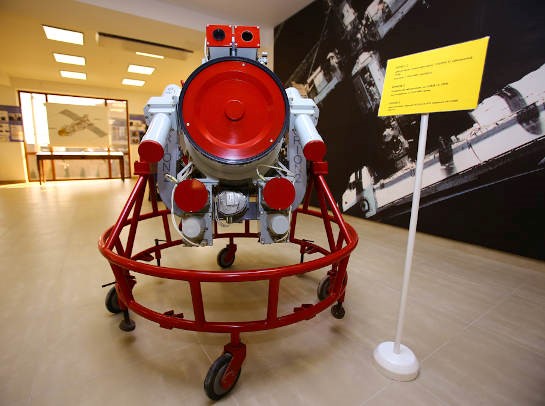
Among the precious documents exhibited in the museum is a handwritten draft article by Nobel laureate Hans Bethe, a German-American physicist, a key figure in the creation of the first nuclear bombs; the article is written together with Grigor Gurzadyan.
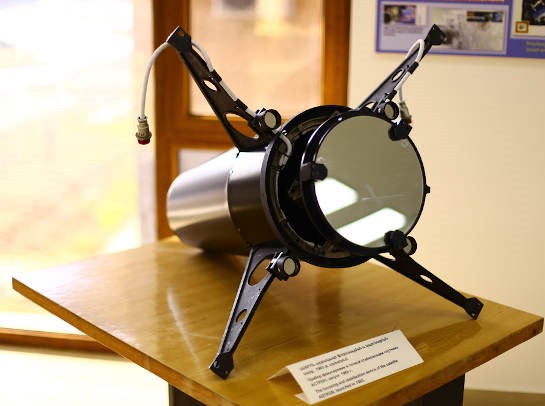
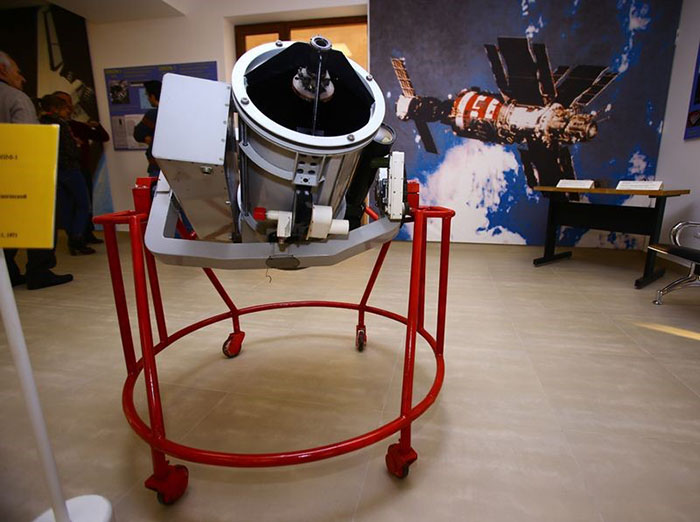
ISTEK Foundation empowers modern and resourceful generations of students along the lines of Ataturk's principles and philosophies. Our foundation, founded by Bedrettin Dalan in 1985, has extended education from Kindergarten to University with 11 Primary Schools, 10 High Schools, 7 Science High Schools and Yeditepe University. ISTEK Foundation Belde Schools Science Center is a public science outreach project of the ISTEK Foundation. The Science Center comprises of a museum of astronomy, a digital planetarium and an observatory.
The Astronomy Museum is the first of its kind in Turkey. The museum comprises of a replica of the Lion Horoscope from Mt. Nemrut, a rich collection of meteorites, including metallic, chondrite, pallasite and tektite samples; scaled models of the Sun, planets, constellations and various astronomical objects; and interactive displays on large scale structure and life in the universe.

The planetarium is located above the museum. The 11 meter metal dome structure seats 50 under a 9 meter spherical screen. The fully digital system uses Starry Night and Layered Earth software enlivened by a state of the art sound system.

Located on the roof overlooking the Bosphorus the observatory houses two separate instruments for stellar, planetary and solar research.
The main telescope is a 40 cm Schmidt-Cassegrain catadioptric system. The telescope is mounted on a Software Bisque robotic mount and it can be controlled remotely.
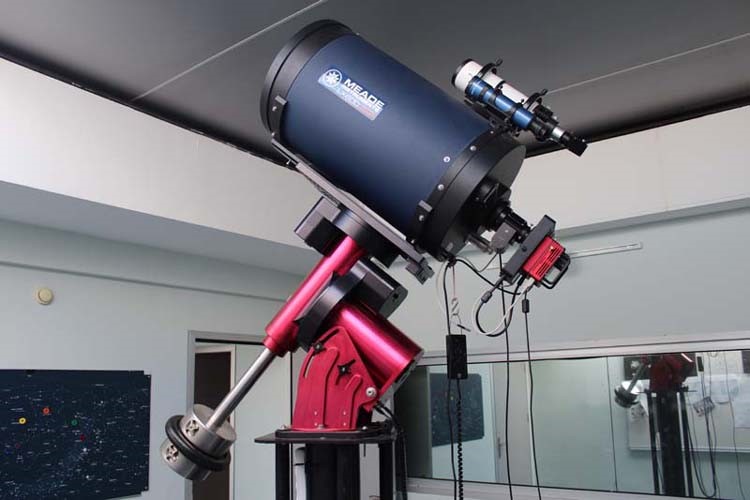
The observatory is located on the roof overlooking the Bosphorus the observatory houses two separate instruments for stellar, planetary and solar research. The main telescope is a 40 cm Schmidt-Cassegrain catadioptric system. The telescope is mounted on a Software Bisque robotic mount and it can be controlled remotely.
The museum is divided into several thematic sections, each of which has its own direction. For example, in the department of the birth of astronomy in the region you can find out how it happened, and how significant it was for the development of astronomy throughout the world science. Visitors can get acquainted with the oldest telescope of the Englishman James Short, the octant mechanic from London Hadley, the reflector of the famous English optician Dollond. Here there are a variety of chronometers, one of which was the main one for the Tashkent observatory for several decades.

The Museum of Astronomy is a place where you really get into a completely different world, the world of stars and planets, the world of the richest collection of astronomy objects of different times, a world of unnatural and still completely unidentified.
